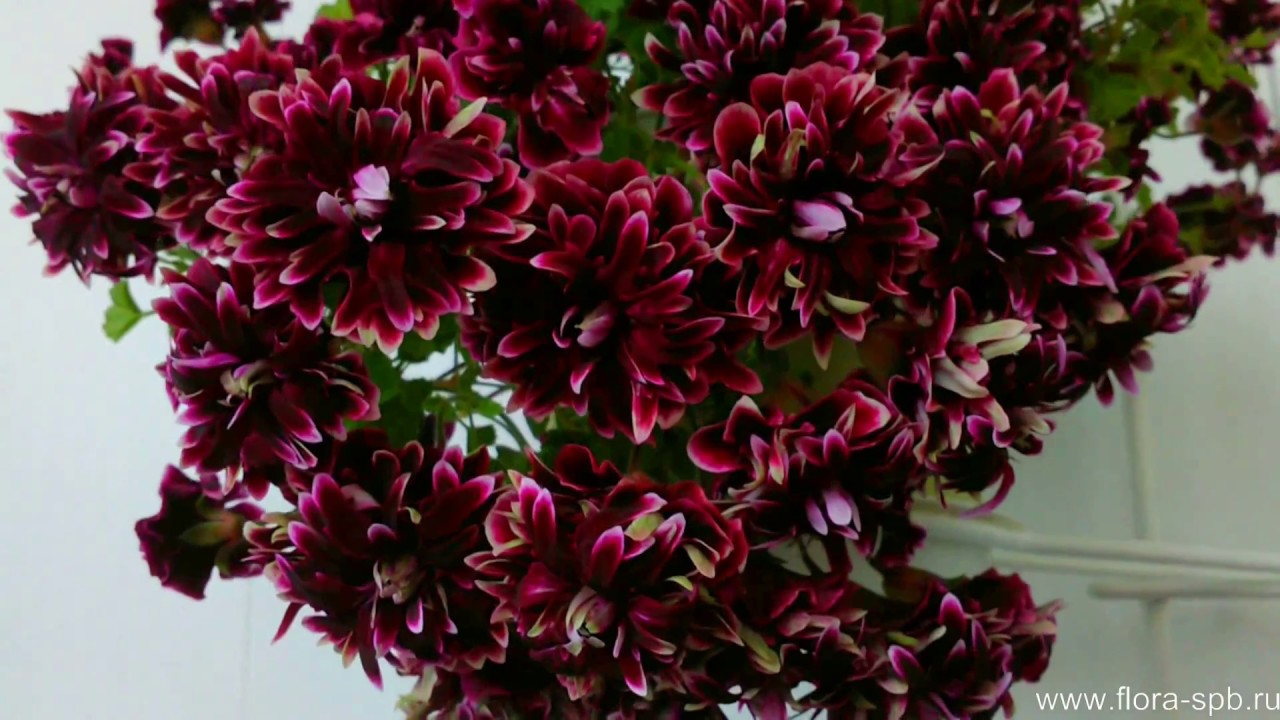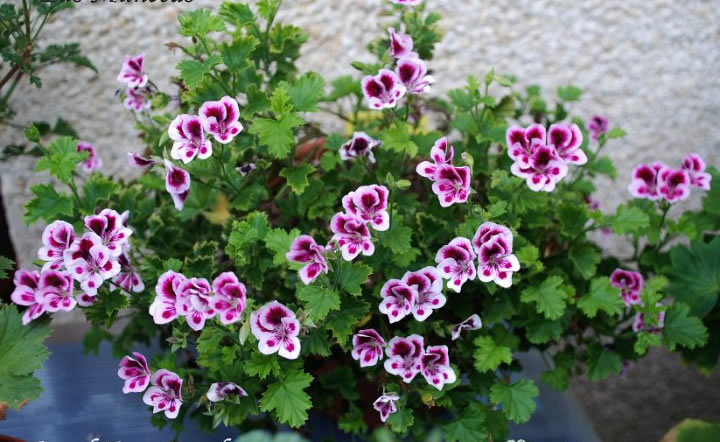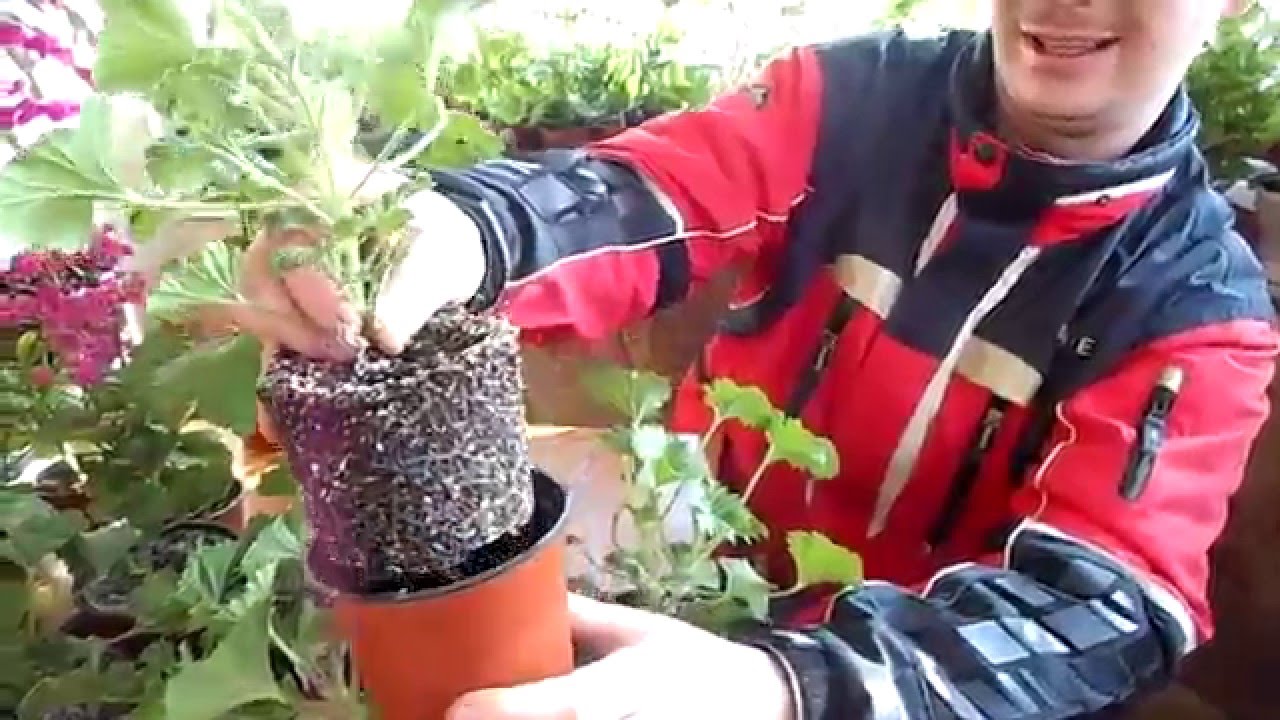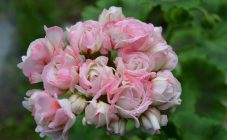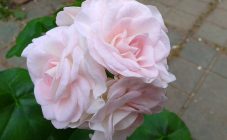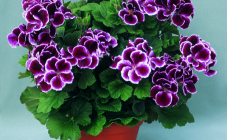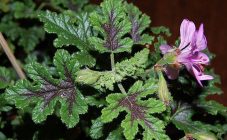Pelargonium Angel is a perennial flower culture, with decorative long flowering from spring to autumn. The Angel group of plants differs from other varieties of pelargoniums in easy care, fast growth, therefore it is suitable even for novice gardeners.
History
The homeland of pelargonium is South Africa, from which flowers and their seeds were brought to Europe in the middle of the 18th century.
The genus pelargonium belongs to the Geranium family, which is why they are often called geraniums. In fact, pelargonium and geranium belong to different genera, are genetically different plants, between which breeding work is impossible.
The following groups belong to the genus Pelargonium:
- zonal;
- royal;
- ivy;
- fragrant;
- Angels and Unicums.
Pelargonium Angel is not a miniature version of the royal group, as it is sometimes mistakenly presented, but a separate less whimsical species.
Pelargonium Angel varieties appeared from the crossing of the royal and curly species in the early twentieth century by the English florist Arthur Langley-Smith. The name of the Angel flowers comes from the Angeline hybrid, one of the predecessors of the new varieties.
Description
The leaves of plants are medium-sized, densely arranged, dissected, with pointed edges. The shade of the leaves is green.
Numerous flowers resemble "pansies" or Viola, which is why they are sometimes called viola flowers. The flowers are simple, characteristic of this group, with two upper, large, rounded petals and three lower, smaller ones, arranged in a fan-like manner. Unlike the royal group, Angel flowers are not large.
The stems of the plant are lignified, in different varieties they are upright or with a tendency to ampel branching.
The bush usually does not reach 30 cm, but there are specimens up to 60 cm.
The color of the petals is located in spots, blotches and edging with combinations of white, pink, purple, orange and burgundy shades.
Bright spots of color are present mainly on the top two petals.
Varieties
Pelargonium Angels varieties:
- Quantock Double Dymond is the only Terry Angel bred by breeder Ken Diamond. Flowers atypical for the group, which are much larger than the leaves. The difference of the variety is its slow growth. Abundant flowering, densely double flowers, which are colored with a combination of the main saturated beetroot shade and a thin white edging. The flowers last for a long time. The doubleness of the flowers is increasing, but depends on the content of the plant. Quantock Double Dymond is prone to the formation of sports - mutating shoots that do not have the varietal characteristics of this plant.
- Bicolor. The elegant flowers are distinguished by a bright crimson shade, changing in intensity from darker in the middle and light crimson to the edge of the petal with a white edging. The lower petals are completely white. Angel Bicolor blooms simultaneously with many flowers throughout the bush, which resembles beautiful butterflies perched on a bush.
- Burgundy. Unlike other representatives of the group, it does not have a pronounced white color on the petals. The bush is strewn with flowers, with a smooth transition of ruby-red shades.
- Michael. Small in size, well bushy variety. The multi-petal flowers have a cherry spot in the center and a wide white edging.Pelargonium Michael shows itself well when growing in hanging pots.
Growing features
Pelargonium Angel is most favorably grown in open field conditions than in indoor conditions. Compact bushes are used to decorate balconies and terraces.
Vases are chosen for the size of the bush, because the flowers do not like a large volume of soil. It has been noticed that plants planted in several pieces in one planting container show more lush flowering than those planted separately.
Home care for Angel Pelargoniums has its own characteristics. Plants need rest from growth and flowering during winter. Plants do not survive in open ground during frosts, so they are brought into storage indoors. The temperature in the room should not be higher than + 12 + 15 ° С, optimal - about + 5 + 6 ° С. The appearance of flowering and its abundance depend on the storage temperature, because during this period, future buds are laid.
In order for the bush to form neat, with lush flowering, it is pruned in the spring, and also after being transferred from the street to winter.
Illumination affects the compactness of the bushes and the number of flowers, so it is preferable to place the pots in sunny areas.
Angel Pelargoniums can withstand temporary drought and are demanding on drainage arrangements. Watering plants requires moderate, when each next is carried out after the earthen coma has completely dried.
To stimulate abundant flowering, fertilizers with a high potassium content are used, applied 2 times a month throughout the entire growing season.
For continuous flowering, wilted flowers are removed.
Pelargonium is most commonly affected by whiteflies and spider mites.
The selection of pelargonium does not stop, for gardeners there is a variety of choice of shades and shapes of bushes. The varieties are distinguished by long-term decorativeness, flower pots can be taken outside as soon as the frost ends and left there until late autumn.
Pelargoniums of the Angel group are best adapted to growing outdoors, they are drought-resistant, and they are easy to care for. Ceremonial white, pink, ruby shades of numerous flowers will become a real decoration of the garden.
